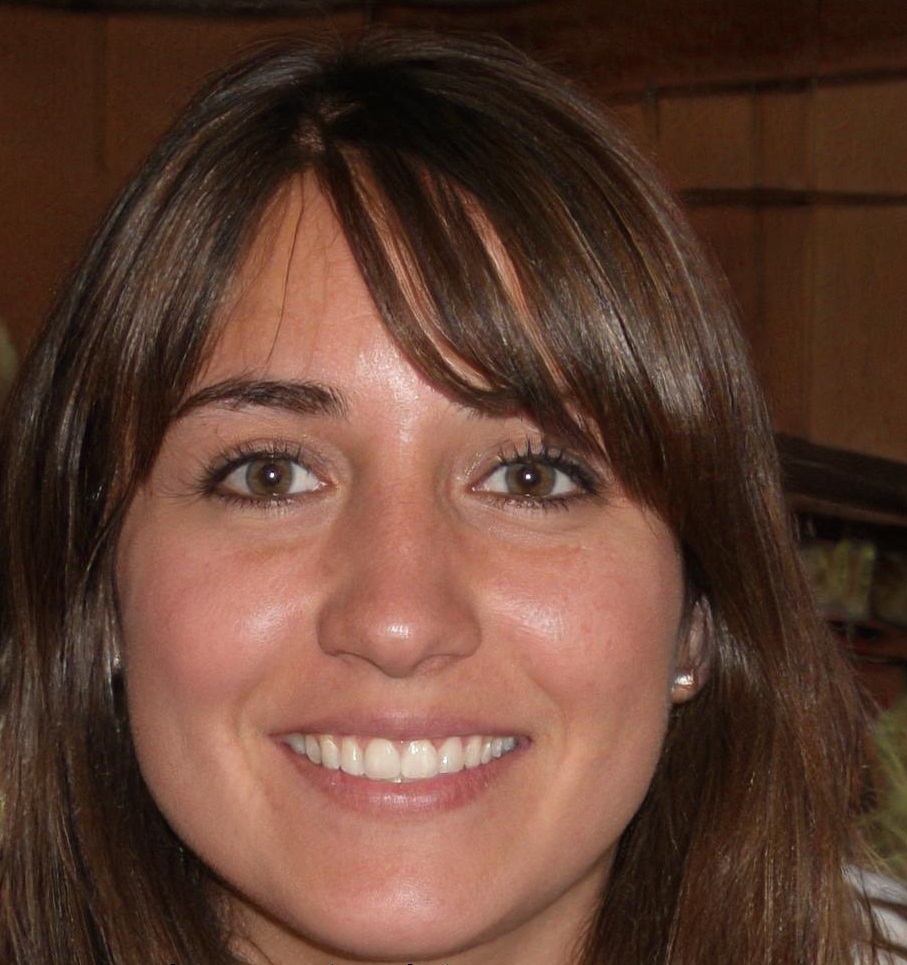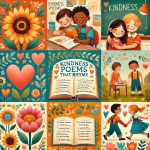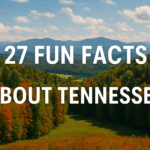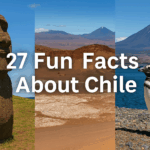I still remember the day my third graders and I were exploring a big, colorful map of South America. Little fingers pointed out Brazil, Argentina, Peru… but when I asked, “What about this country right in the middle?”—blank stares. One brave voice guessed, “Is it part of Brazil?” That mystery country? Paraguay.
And that’s when it hit me: Paraguay, this beautiful landlocked country in South America, gets skipped over far too often. Even in geography lessons, it’s like the quiet kid at the back of the class, rarely noticed, but full of amazing stories if you just take the time to listen.
So, what makes Paraguay shine? Well, for starters, it’s one of the few places where nearly everyone speaks two languages—Spanish and Guaraní, like it’s no big deal. Their national drink? A cold, herbal tea called tereré, shared in a circle, passed hand to hand with care. And don’t even get me started on their folk dances, where performers balance stacks of bottles on their heads… yes, really!
If you’re a parent or teacher looking to spark wonder through travel learning, or just want to add some fresh sparkle to your geography for kids lesson, Paraguay is the hidden gem you didn’t know you needed. Let’s uncover its treasures together.
Natural Wonders & Biodiversity You Won’t Believe Exist Here in Paraguay
Guarani Aquifer – A hidden ocean underground
Imagine a secret ocean beneath your feet, that’s the Guarani Aquifer. Stretching under Paraguay and a few neighboring countries, it’s one of the largest freshwater reserves on Earth.
That means Paraguay is sitting on a liquid treasure chest that could hydrate the planet for centuries! It’s a fascinating way to introduce kids to Paraguayan geography and just how vital natural reserves are to the future of our planet.
Pantanal Wetlands – A jungle in disguise
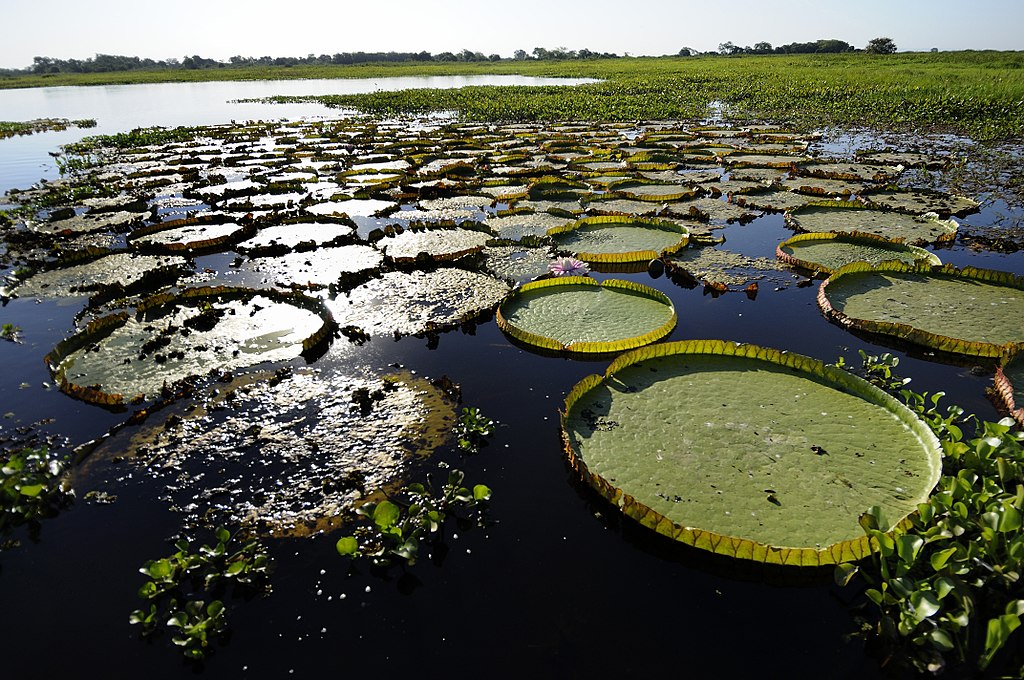
If your kids are into animals (and let’s be real, most are), then they’ll love the Pantanal. Part of this massive tropical wetland spills into Paraguay, making it a watery paradise for jaguars, capybaras, howler monkeys, and colorful birds galore.
It’s one of the richest places for biodiversity in the world, yet hardly gets a mention outside biology textbooks. It’s like a zoo, but nature made it.
Cerro Tres Kandú – Touching the Sky in Paraguay
At just 842 meters (about 2,762 feet), Cerro Tres Kandú might not win the award for tallest mountain in South America, but it’s Paraguay’s proud peak.
Surrounded by thick forests and rare orchids, it’s a great starting point to talk about ecosystems and microclimates. Bonus: locals believe it’s one of the best spots for stargazing!
Ñacunday National Park – Paraguay’s Best-Kept Secret
Shhh… most tourists don’t even know this place exists. Hidden in southeastern Paraguay, Ñacunday Falls is a jaw-dropping 40 meters high—taller than Niagara Falls! This lush, misty park is a dream for mini adventurers who love trails, butterflies, and the roar of waterfalls.
Fireflies of the Chaco – Nature’s Halloween Nightlights
Every October, the Gran Chaco transforms into a field of twinkling lights as thousands of fireflies dance in the air. It’s a seasonal phenomenon kids will never forget, a living lantern show in one of South America’s most mysterious dry forests. Truly, Paraguayan wildlife at its most magical.
Languages, music & cultural pride of Paraguay
Guaraní Language – The Heartbeat of Everyday Life
In Paraguay, you’ll hear kids chatting in two languages, Spanish and Guaraní. That’s right, it’s one of the few truly bilingual nations where even playground games, lullabies, and Saturday morning cartoons come in Guaraní.
What’s more magical? Some words don’t even translate into English because they describe emotions or nature sounds so specific, they only exist in Guaraní. It’s not just a language, it’s a cultural treasure chest kids grow up unlocking every day.
Paraguayan Harp – The Stringed Storyteller

Forget the grand concert harp you might see in an orchestra. The Paraguayan harp is smaller, lighter, and made to travel with melodies that dance through folk stories and lullabies.
Kids in music schools learn to pluck it early, sometimes even before they can reach all the strings! Its sound is bright, breezy, and unmistakably Paraguayan, turning even bedtime stories into mini concerts.
Guarania – Music That Feels Like a Rainy Afternoon
Created in the 1920s, Guarania is Paraguay’s very own music style. With slow rhythms and soulful tunes, it teaches kids how to express feelings through melody. Imagine a genre that helps children understand nostalgia, homesickness, or hope, like musical emotional literacy!
Bottle Dance (Baile de la Botella) – Balance and Beauty
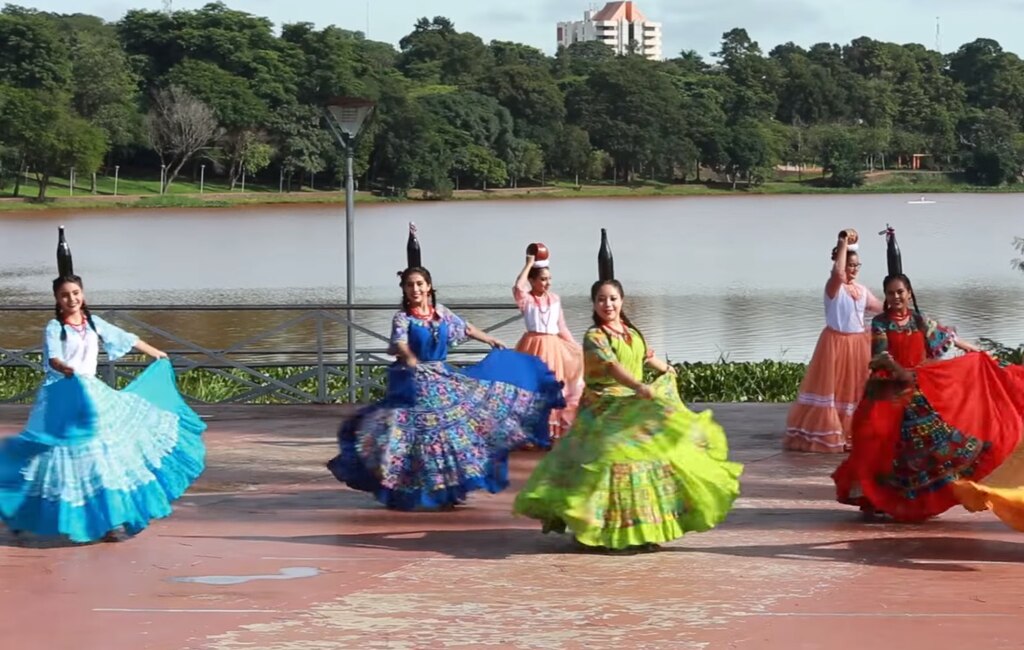
This traditional folk dance is pure WOW. Picture schoolgirls gliding across a stage, hands-free, balancing one bottle… then two… sometimes ten stacked on their heads! It’s not just fun, it’s a celebration of strength, elegance, and serious concentration.
Tereré Circles – Sip, Pass, Connect
At recess, kids gather in a Tereré circle, sharing a single cup filled with ice-cold herbal tea. It’s not just a drink, it’s a children’s ritual of patience, respect, and togetherness. So cherished, it’s even listed by UNESCO as a cultural heritage practice!
Food that’s history on a plate
Sopa Paraguaya – The Soup That Isn’t Soup

Surprise! Sopa Paraguaya might sound like a steamy bowl of broth, but it’s actually a cheesy, moist cornbread. Legend says it was born by accident in a colonial kitchen when a cook thickened a soup too much and the rest is delicious history. Today, it’s a staple at school picnics and national celebrations, packed with eggs, cheese, and love.
Chipa Almidón – The Gluten-Free Snack With a Crunch
Made with cassava starch instead of flour, Chipa Almidón is naturally gluten-free and beloved by kids across Paraguay. These ring-shaped rolls are often stuffed into lunchboxes or sold fresh outside schools. With a crispy outside and chewy inside, they’re as fun to eat as they are to pronounce!
Karakué Porridge – A Breakfast Worth Saving
This creamy corn-based porridge is a traditional indigenous food nearly forgotten, until now. Eco-schools and cultural programs are reviving Karakué, teaching kids to cook it the old way: slow-stirred over a fire with wild honey and forest fruits. It’s comfort food with a history lesson in every spoonful.
Tereré with Medicinal Herbs – Nature’s Little Mood Boosters
Beyond hydration, Tereré becomes a kind of backyard science experiment. Kids learn to add herbs based on how they’re feeling, mint for focus, lemongrass for calm, boldo for belly aches. It’s a sweet intro to herbal wisdom and emotional awareness through Paraguayan cuisine.
Dulce de Mamón – A Grandmother’s Patience in a Jar
Made from slow-cooked green papaya, Dulce de Mamón is sticky, golden, and oh-so-satisfying. Grandmas often simmer it for days with cinnamon and sugar until it turns into a jewel-toned dessert, proof that good things really do come to those who wait.
Hidden historical gems of Paraguay
First Railway in South America – All Aboard History!
Believe it or not, the very first railway in South America wasn’t in Argentina or Brazil—it was in Paraguay. In the 1860s, shiny steam locomotives puffed through Asunción, linking the capital to nearby towns.
Today, you can still visit the old train station and climb aboard one of the original engines, perfectly preserved like a time capsule. It’s the kind of history lesson kids can walk right into!
Jesuit Mission Schools – Where Math and Music Met
Back in the 1700s, Jesuit missionaries didn’t just build churches, they built schools. In these Jesuit Missions, indigenous children were taught math, astronomy, carpentry, and even violin.
These “classrooms of the jungle” became a fusion of cultures, where education and art blossomed side by side. Some of the red-stone ruins still echo with the sound of past learning.
Francisco López’s Library Caravan – Reading on the Frontlines
During the brutal Paraguayan War, President Francisco Solano López believed books were just as important as weapons. So he brought a traveling library caravan with him to the battlefield!
Soldiers read poetry and philosophy between battles talk about a marching army of minds. This quirky piece of educational heritage proves Paraguay’s love for learning runs deep.
The Lost Gold of Lake Ypoá – A Splash of Mystery
Whispers swirl around Lake Ypoá, a serene body of water that some say guards Jesuit treasure buried deep beneath its surface. While no gold’s been found (yet!), the legend makes it the perfect setting for classroom treasure-map adventures or bedtime tales of hidden riches.
Miniature Schools of Ybycuí – Tiny Buildings, Big Ideas
In the colonial town of Ybycuí, villagers used to construct miniature model schools to teach kids the basics of architecture and engineering. These dollhouse-sized buildings had working doors, tiled roofs, and tiny chalkboards, turning education into imaginative play long before STEM kits existed!
Cool kid-centric discoveries
Ñandutí Lace Math – Geometry You Can Wear
In rural Paraguayan schools, math gets beautiful. Teachers use Ñandutí lace, delicate, spiderweb-like designs, to teach kids about symmetry, fractions, and geometry. Each lace pattern is a circle of triangles, arcs, and curves that become a hands-on visual aid. Who knew math could look like art your grandma might frame?
Capybara Companions – The World’s Chillest Pets
Meet the capybara, the world’s largest rodent and quite possibly its friendliest. In some Paraguayan towns, these gentle giants are kept as pets! They’re social, calm, and love to hang out near water. For kids growing up near rivers, a capybara might be more common than a cat, and way more fun at bath time.
Color-Coded School Uniforms – Dressing with Meaning
Some Paraguayan schools are adding a vibrant twist to their week with color-themed uniform days. Inspired by Guaraní traditions, each color represents a different emotion or natural force, red for strength, green for healing, blue for peace. It’s more than dress-up; it’s a rainbow of cultural pride walking through the hallways.
Tembi’u Rapé (“Food Trails”) – A Taste of Indigenous Play
In forest-side villages, kids play a game called Tembi’u Rapé, or “food trails.” They follow clues to find wild edible plants, like sour berries, healing leaves, or tubers. It’s like a treasure hunt where the prize is lunch and a lesson in indigenous knowledge. Now that’s what we call a smart snack.
Mind-Blowing modern surprises about Paraguay
Solar Schools of the Chaco – Learning on Sunshine
In Paraguay’s remote Chaco region, some classrooms are lit and powered entirely by the sun. These solar schools bring education to off-grid communities, where kids can charge tablets, power fans, and even run science experiments thanks to rooftop solar panels. It’s a shining example of how innovation in Paraguay is making education brighter, literally.
Bilingual Comic Books – Superheroes Speak Guaraní
What if your favorite comic book character spoke two languages? In Paraguay, they do! Publishers are creating colorful bilingual comic books written in both Guaraní and Spanish, turning story time into a tool for bilingual education. These books don’t just entertain, they build literacy and cultural pride, one superhero at a time.
Google Earth Archaeology – Kids Become Space Sleuths
Here’s a twist: kids in Paraguay are helping scientists explore ancient sites… from the sky. Using Google Earth, classrooms are training students to scan satellite images for signs of prehistoric mound ruins. It’s called citizen science, and it turns kids into real-life digital detectives. Talk about the coolest ed-tech field trip ever!
Quickfire Paraguay quiz for classrooms – Perfect for brain breaks, geography warmups, or just plain fun!
Is sopa Paraguaya a soup?
What’s a Capybara?
What are tereré herbs used for?
Which language do most Paraguayan kids speak alongside Spanish?
What unique dance involves balancing bottles on your head?
Which natural wonder in Paraguay is taller than Niagara Falls?
What kind of lace helps kids learn geometry in school?
What animal might kids in Paraguay see lounging near a riverbank?
What colorful tradition do some schools use to teach Guaraní values?
What amazing tech tool are kids using to find ancient ruins?
Little big questions about Paraguay
What is Paraguay famous for?
Paraguay is known for its rich bilingual culture, Guaraní traditions, tereré tea, vibrant folk music, Jesuit mission ruins, and the massive Itaipu Dam.
Is Paraguay safe to visit with kids?
Yes! Most areas are safe for families, especially during daytime. Just like any trip, stick to known paths, stay hydrated, and enjoy the culture-rich cities and nature reserves.
What language do Paraguayans speak?
Paraguayans speak both Spanish and Guaraní, making it one of the few truly bilingual nations in the world.
What is tereré and why is it important?
Tereré is a cold herbal tea traditionally shared in a circle. It’s a social ritual that teaches respect, patience, and togetherness, so important it’s recognized by UNESCO.
Can kids see wildlife in Paraguay?
Absolutely! From capybaras and toucans to jaguars (in reserves), Paraguay is full of kid-friendly spots for nature and animal lovers.
Why Paraguay deserves a spot in every kid’s atlas?
If there’s one thing I hope this adventure has shown you, it’s that Paraguay is anything but ordinary. From capybaras lounging in wetlands to harp melodies drifting through mountain villages, this little landlocked country in South America is bursting with stories, surprises, and soul.
Whether it’s sipping tereré in a classroom circle, dancing with bottles stacked sky-high, or tracing lace to learn fractions, Paraguayan traditions offer a colorful, hands-on way to teach kids about resilience, creativity, and connection. It’s a country where language lives in lullabies, history hides in waterfalls, and science begins with food trails and satellites.
So if you’re a teacher building your next geography for kids unit, or a parent eager to learn about South America beyond the usual suspects, don’t skip Paraguay. Include it in your map lessons, your snack experiments, your music time, and your storytelling moments.
Paraguay deserves its bright little flag pinned on every kid’s globe not just because it’s unique, but because it teaches us how beautiful being overlooked can truly be.

